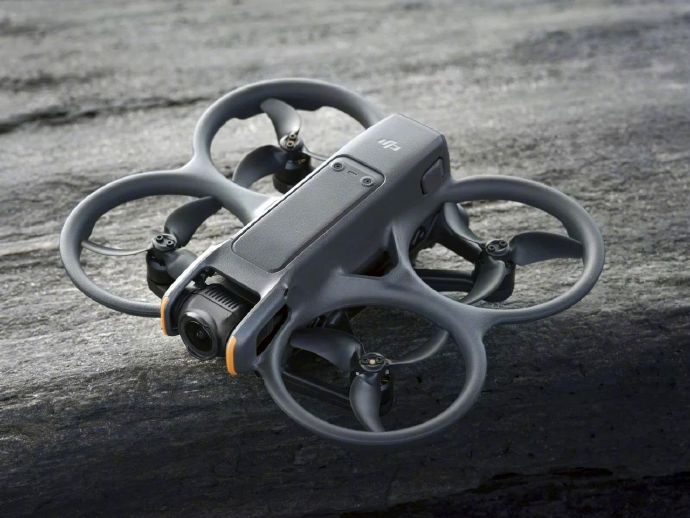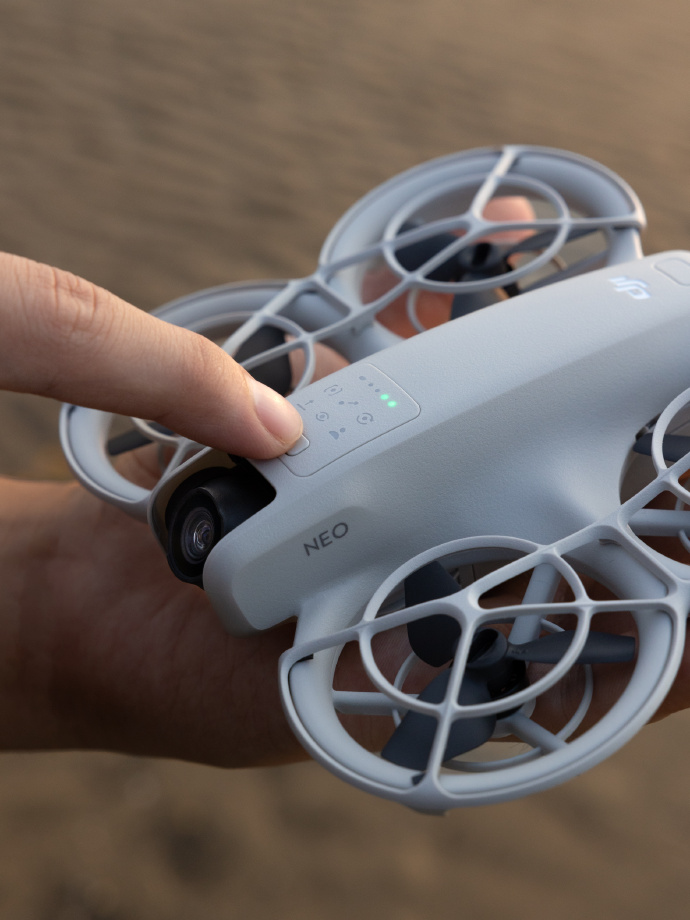Innovations in Delivery Drone Technology: Charting the Future of Transportation
In recent years, delivery drones have rapidly transformed from visionary concepts into tangible components of modern logistics. These unmanned aerial vehicles (UAVs) promise a revolution in the way goods are transported, offering efficient, fast, and environmentally friendly solutions to the ever-growing demand for quick deliveries, especially in urban areas. This article delves into these advancements, exploring how drones are paving the way for a new era in transportation.
Understanding Delivery Drone Technology
Delivery drone technology encompasses various breakthroughs, from hardware improvements, like enhanced GPS and navigation systems, to software innovations such as artificial intelligence and machine learning applications. These advancements enable drones to safely navigate complex environments, avoid obstacles, and adhere to predefined routes with precision.
The Environmental Impact
The rise of delivery drones comes with significant environmental benefits. Unlike traditional delivery vehicles that rely on fossil fuels, drones are typically powered by electricity, resulting in lower carbon footprints. Their ability to quickly deliver goods also reduces congestion on roads, further contributing to decreased emissions. By embracing drones, businesses are better aligned with sustainability goals and are establishing themselves as eco-friendly enterprises.
Challenges and Regulatory Considerations
Despite the promising advantages, the deployment of delivery drones is accompanied by challenges, primarily in regulatory domains. Issues such as airspace management, drone traffic control, and privacy concerns need to be addressed. Various countries are working on legal frameworks to facilitate the safe integration of drones into airspace, ensuring they coexist harmoniously with traditional aircraft.

Technological Innovations Driving Efficiency
Modern delivery drones are equipped with cutting-edge technology that enhances their efficiency. For instance, innovative battery designs allow for longer flight times, while lightweight composite materials improve payload capacity without compromising speed. Additionally, drones can leverage real-time data analytics to optimize delivery routes, thereby reducing operational costs and time.
The Economic Impact
The economic ramifications of delivery drone technology are vast. Businesses can expect drastic reductions in delivery times and costs, leading to higher customer satisfaction and increased turnover. Moreover, the scalability of drone fleets opens avenues for serving hard-to-reach communities, potentially boosting local economies and expanding market reach.
Future Prospects and Innovations

As technology continues to evolve, the potential applications of delivery drones expand beyond simple parcel delivery. Future innovations could see the integration of biomedically important payloads, like vaccines and medicines, especially in remote or disaster-stricken areas. These capabilities underline the critical role of drones in the future of healthcare logistics.
FAQs and Further Insights
- How do delivery drones navigate obstacles?
- Most drones use a combination of GPS, cameras, and sensors to detect and avoid obstacles automatically.
- What are the privacy concerns with delivery drones?
- Drones can capture images or data inadvertently, which raises privacy issues. Regulations are being developed to address these concerns.
- Are delivery drones safe?
- Drones are designed with multiple safety features, but their safe operation also depends on adhering to regulatory guidelines.